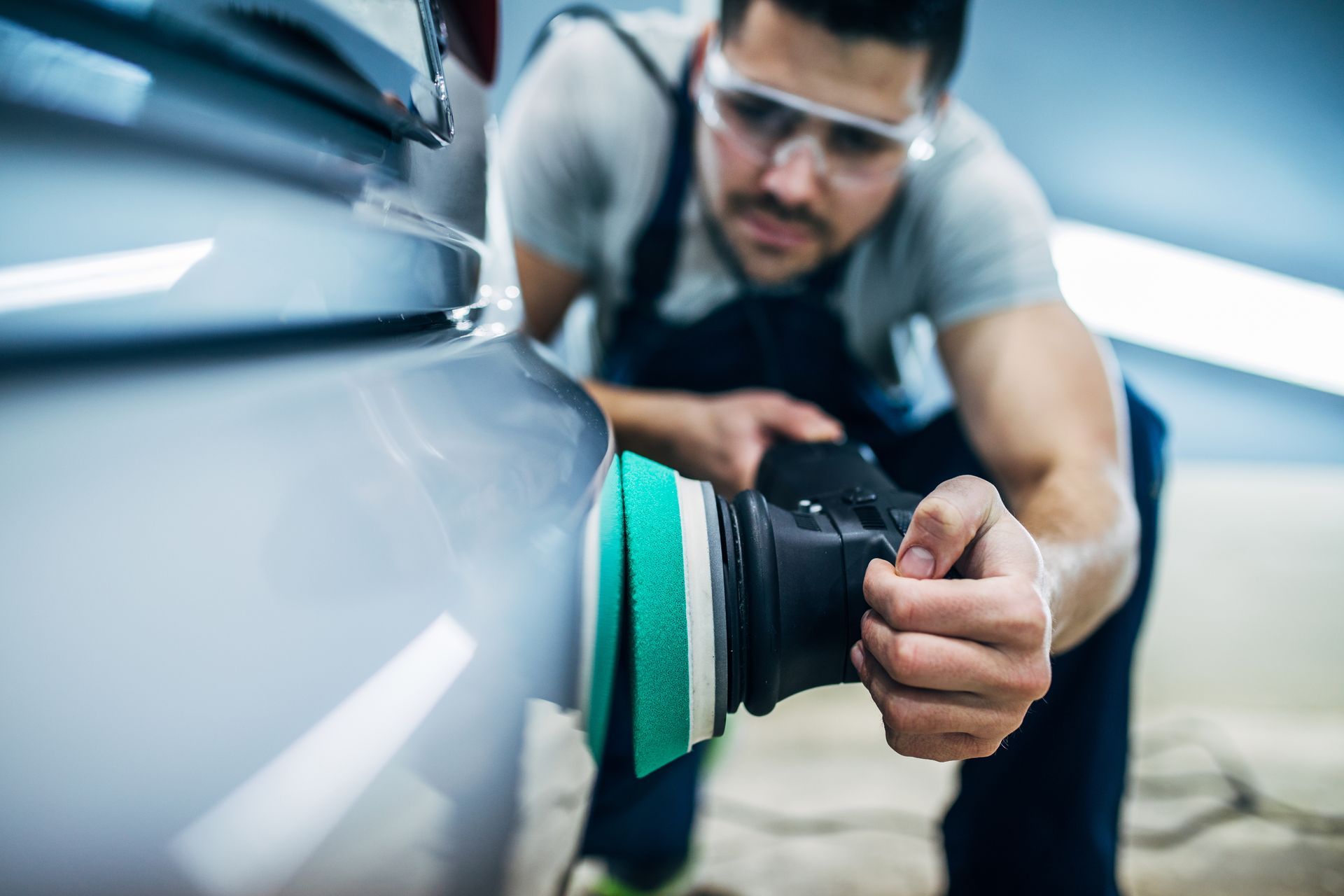Choosing the right buffing pads for auto detailing is a critical aspect of achieving exceptional results during the buffing and polishing process. With a wide variety of options available, such as foam, wool, and microfiber pads, understanding how to select the appropriate pad for specific detailing tasks is essential.
Foam pads are popular for their versatility and suitability for various applications. They come in different densities, including cutting, polishing, and finishing pads. Cutting foam pads have a more aggressive composition and are ideal for removing heavy defects, while polishing and finishing pads offer a smoother, gentler approach for enhancing gloss and removing minor imperfections.
Wool pads are known for their cutting power and are typically used for aggressive compounding. They are effective in removing deep scratches and heavy oxidation but require caution to avoid excessive heat generation. Wool pads are best suited for professionals or experienced detailers.
Microfiber pads have gained popularity due to their excellent performance in both cutting and finishing stages. They are effective at removing moderate defects and leave a high level of gloss. Microfiber pads are often a top choice for enthusiasts and professionals alike.
When selecting a buffing pad, it is crucial to consider factors such as the task at hand, the level of defects, the type of paint, and the desired finish. Starting with the least aggressive pad and product combination is advisable, and gradually increasing aggressiveness if needed.
It is also important to remember that different machines, such as rotary, dual-action, or forced rotation polishers, may require specific pad types or sizes to maximize performance and efficiency.



